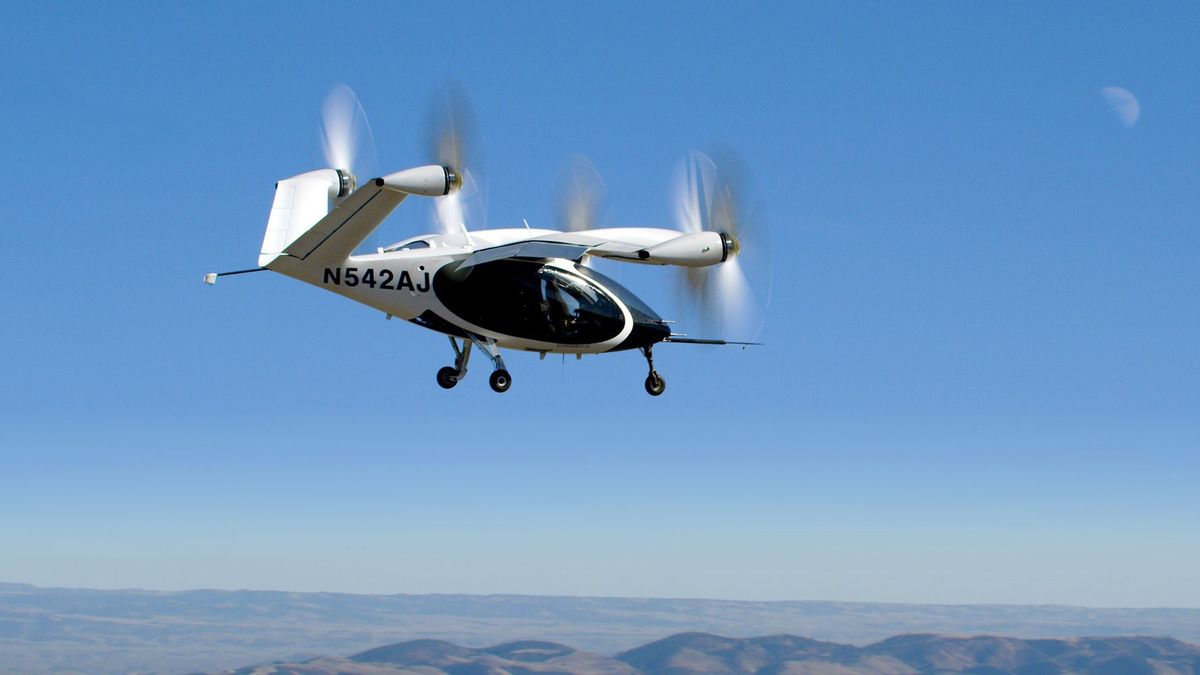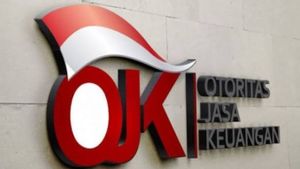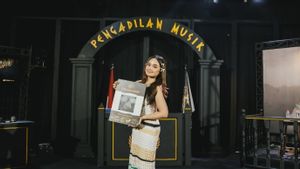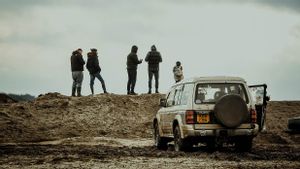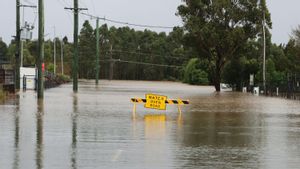JAKARTA - NASA plans to build a city-to-city air transportation with advanced technology. NASA has officially started testing the plane or commonly dubbed the flying car.
The flying car test was a successful all-electric vertical landing (eVTOL/eletric vertical take-off landing), built by Joby Aviation based in California, United States (US). The space agency is using the aircraft to collect performance and acoustic data to help develop future airspace concepts as part of the National Advanced Air Mobility (AAM) Campaign.
Quoted from the official NASA release, Thursday, September 2, this test lasted until Friday, September 10, at Joby's Electric Flight Base located near Big Sur, California, USA. This is the first time NASA will test an eVTOL aircraft as part of the campaign.
Going forward, eVTOL aircraft could serve as air taxis for people in and around cities across the US, adding to other modes of transportation for moving people and goods.
In addition, NASA also hopes to help inform the Federal Aviation Administration (FAA) about possible gaps in regulations and policies surrounding the use of air taxis in cities and other parts of the country. A move to integrate flying taxis into the future in the transportation sector.
During this test, NASA will collect data from the Joby eVTOL aircraft, which is intended to serve as a commercial passenger service in the future. Analyzing the data prepared the AAM National Campaign to run the first series of test campaigns, known as the NC-1, and scheduled for 2022, with more complex flight scenarios as well as other industrial vehicles.
As Joby's plane flies the planned test scenario, the NASA team will gather information about how the vehicle moves, how the vehicle sounds, and how the vehicle communicates with controllers.
The team will use the mobile acoustics facility and build an array of more than 50 microphones to measure the acoustic profile of Joby's aircraft in various phases of flight.
“From day one, we prioritized making aircraft that not only had a very low noise profile, but also blended in with the natural environment. We've always believed that a minimal acoustic footprint is key to making flying a comfortable part of everyday movement without compromising quality of life, and we're excited to fly with NASA," said Joby Aviation founder and CEO, JoeBen Bevirt.
The aircraft has a range of 150 miles and a top speed of 200 mph. But unfortunately, neither NASA nor Joby have provided further details regarding the ability of how many people or loads the flying taxi can accommodate.
Imge Credit: Joby AviatonLink:https://www.nasa.gov/press-release/nasa-begins-air-taxi-flight-testing-with-joby
The English, Chinese, Japanese, Arabic, and French versions are automatically generated by the AI. So there may still be inaccuracies in translating, please always see Indonesian as our main language. (system supported by DigitalSiber.id)
